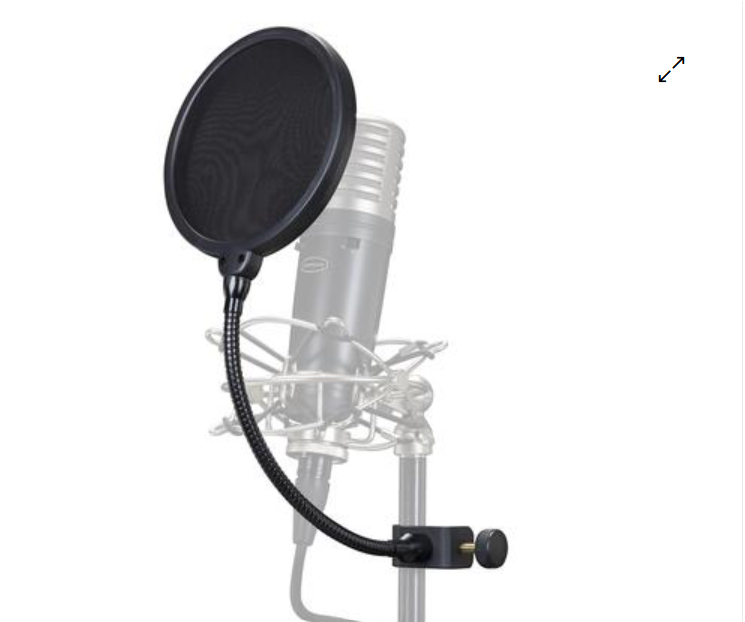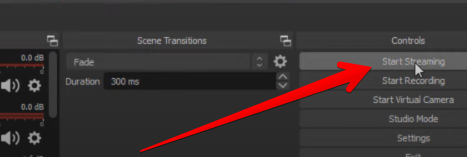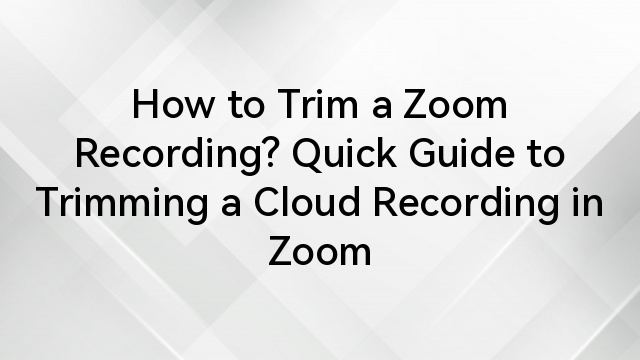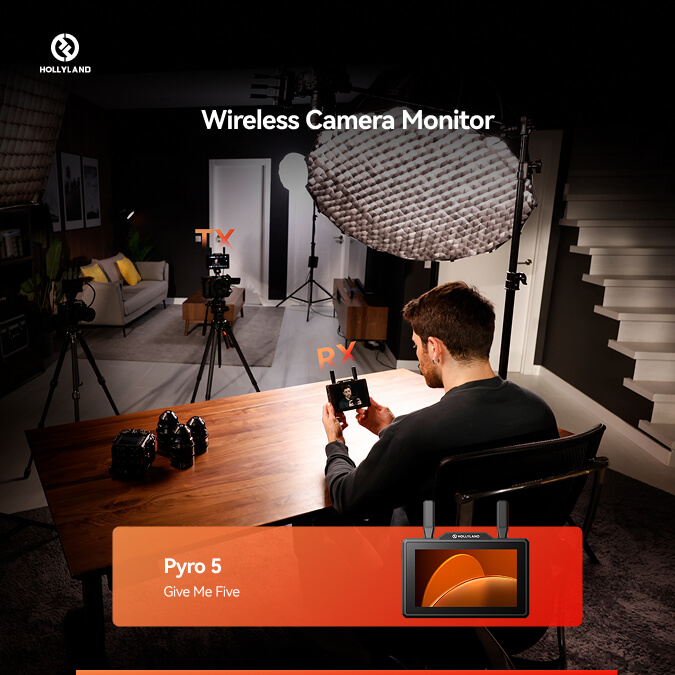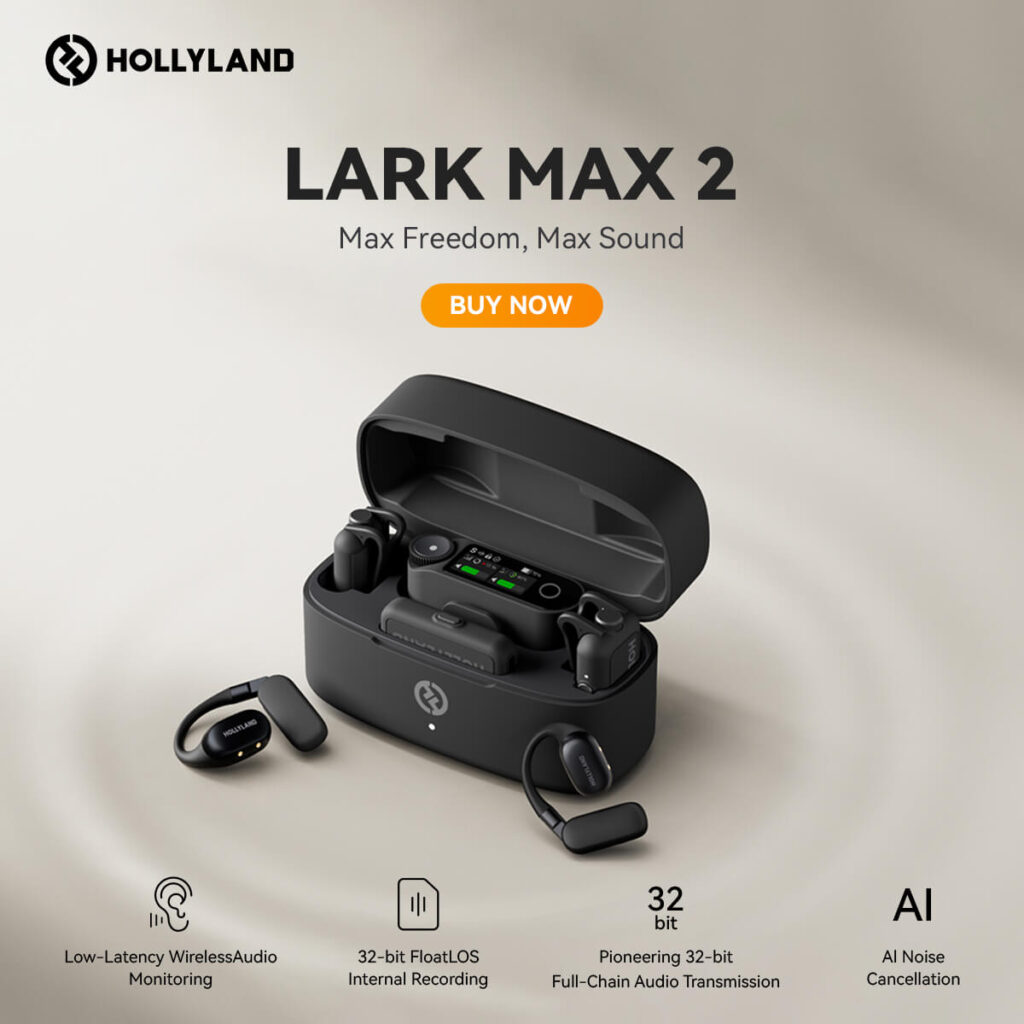Whether you’re an experienced or novice in recording vocals, paying attention to your microphone distance is pivotal.
As you see, that implies the space or distance between your mouth and the microphone. It can substantially impact the quality, tone, and volume of your vocals.
Here, we’ll look in-depth at what the optimal distance for vocal recording is. We’ll further examine ways to adjust it, contingent on various aspects such as your voice and microphone type, among others.
Let’s commence.
The optimal microphone distance while recording vocals
Here, we’ll examine the varied aspects of the optimal distance from the microphone while recording vocals. However, before that, let’s discuss why microphone distance is so crucial.
Why is the microphone distance crucial?
As you can see, microphone distance is pivotal because it affects the capture and processing of your voice by the microphone.
On getting too close to the microphone, it may appear distorted, too loud, or muffled. You may also capture unnecessary noises, such as breaths and sibilance.
Moreover, owing to the proximity effect, testing the microphone distance is pivotal. That’s especially applicable to condenser microphones.
In simple terms, this effect occurs when a microphone is positioned near a sound source. That outcome boosts low-end frequencies.
You may be located too far from the microphone while recording vocals. Thus, your vocals might seem faint, echoey, or thin. You may lose some of the warmth and richness of your voice, resulting in a recording that includes background noise.
Ways to measure microphone distance for recording vocals
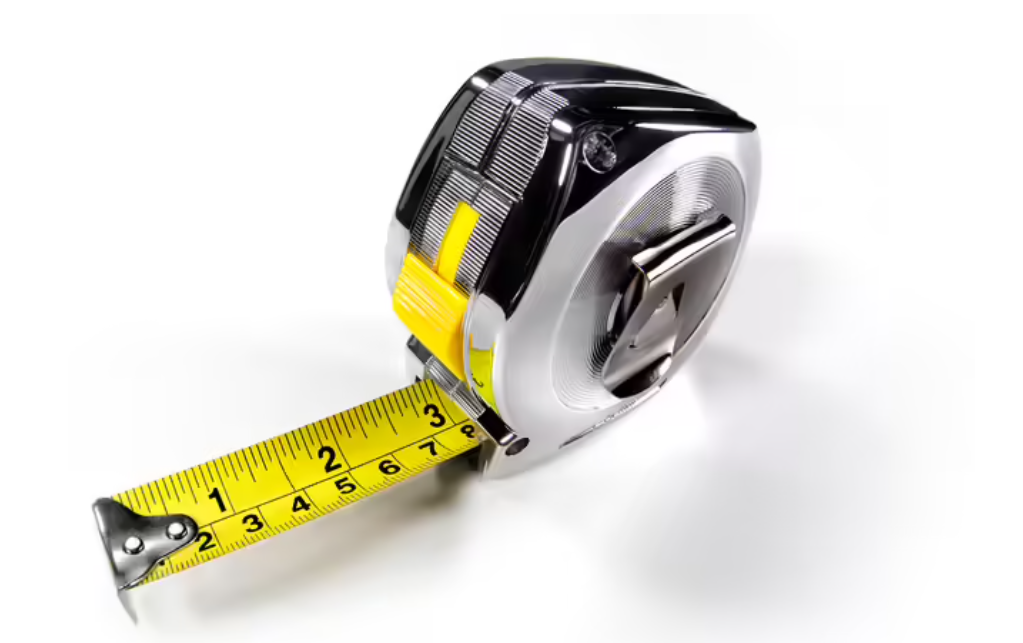
To measure the mic distance, you entail a practical tool, e.g., a tape measure or ruler. For that, you may either employ inches or centimetres.
Yet, a general rule when recording vocals is to allow a distance of 6-12 inches (15-30 centimetres) from your mouth to the mic. Although this range is not fixed, it will enable you to capture vocals with depth and clarity. That’s without the loss of any of the emotions or nuances.
Furthermore, you may need to adjust the distance depending on various other factors.
How to adapt to the microphone distance for differing mic kinds
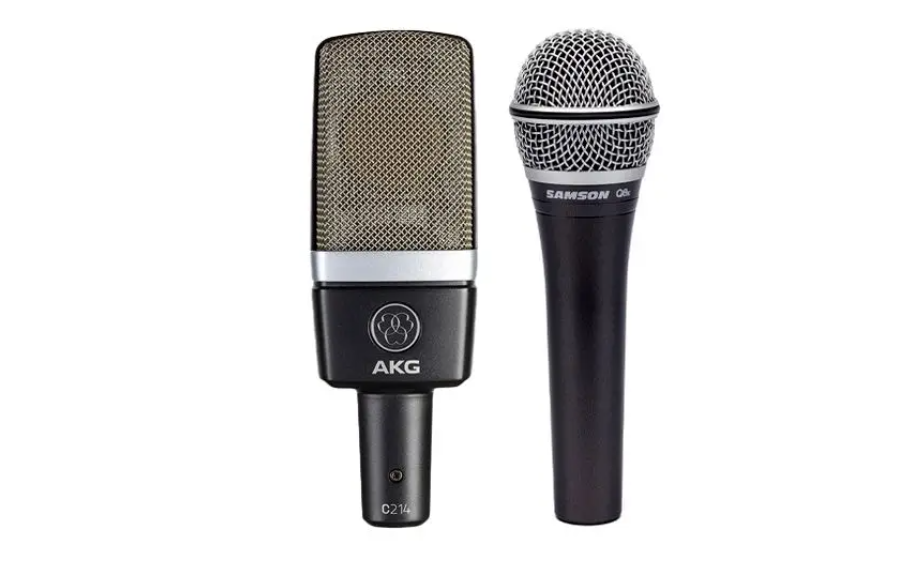
Differing microphone types have differing sensitivities and pickup patterns. That can influence how they record your vocals.
For instance, dynamic microphones are more directional and less sensitive. They tend to bear more sound pressure. They can deal with louder sounds and reject background noise more effectually.
Such mics also boost the low end with the proximity effect. It means that the nearer a microphone is to the sound’s source, the greater the low end of a signal will be.
On the other hand, condenser mics are more sensitive and less directional. That implies they can capture softer sounds with more detail, in addition to more background noise.
Therefore, contingent on the microphone type you employ, you may need to adjust the distance accordingly. For condenser mics, you can opt to stay further away from the microphone. That’s typically in the range of 8-12 inches or 20-30 centimetres. The aim is to prevent the microphone from overloading and capturing unwanted sounds.
Concerning dynamic mics, you can move nearer to the mic. That makes roughly 4-6 inches (10-15 centimetres). In this way, you can capture a fuller, more closed sound.
How to adapt the microphone distance for differing voices
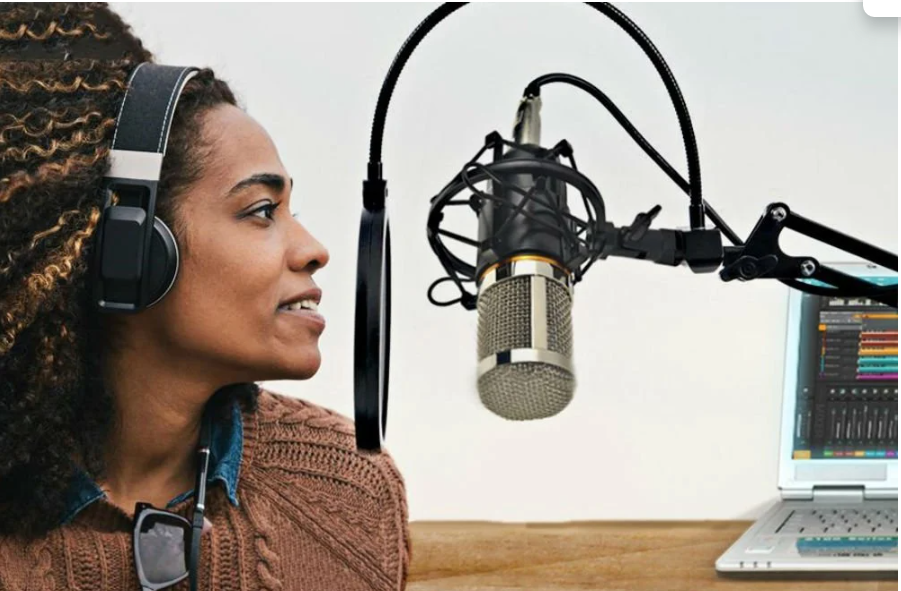
Like everyone, your voice is distinctive. Depending on your voice type, style, pitch, and volume, you may need to adjust your distance accordingly.
For instance, if you have a high, soft, and thin voice, you may need to draw closer to the microphone. That makes it approximately 6-10 inches (or 15-25 centimetres). The aim is to uplift your clarity and presence while adding richness and warmth.
On the other hand, if you possess a low, loud, and deep voice, you may need to be further away from the microphone. That makes it approximately 10-14 inches (25-35 cm) to avert clipping and distortion, providing balance to your bass and treble.
Adapting to the microphone distance for differing rooms

The room where you record vocals can further influence the microphone distance. The room’s acoustics, shape and size can affect how your vocals sound and how much reverb and echo it creates.
For example, a small and square room may lead to additional reflections, making your voice sound boxy or harsh. A larger and irregular room can lead to fewer reflections, making your voice sound airy and spacious.
It’s recommended that your microphone distance be 4-8 inches (10-20 cm) for a small and reflective room. It helps to reduce the echo and allows you to isolate your voice more effectively.
For a big and reflective room, you may stay farther away from the mic (8-16 inches or 20-40 cm). That’s to capture your voice’s natural ambience.
The importance of utilising a pop filter
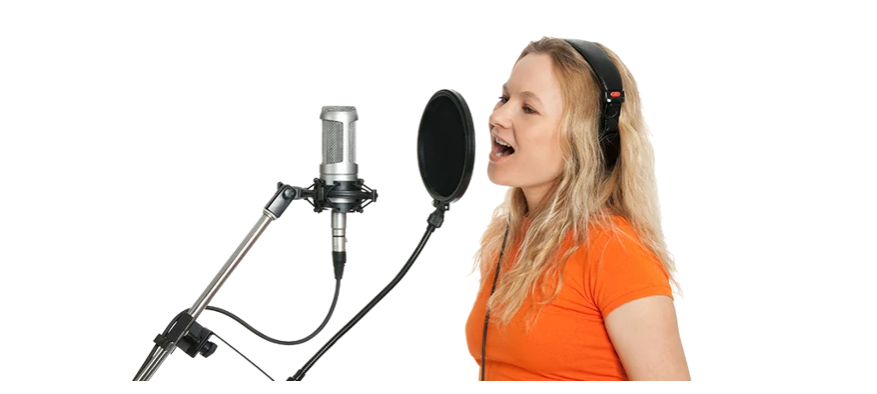
If the vocalist sings directly into the microphone capsule, it may cause the issue of unnecessary popping sounds. Specific breath-heavy consonants produce that. These encompass:
- ‘p’,
- ‘b’,
- ‘t’,
- ‘d’,
- ‘k’,
- ‘g’.
Thus, you need to prevent such air blasts from striking the mic capsule. To avert the issue, you may use a pop filter that helps disperse the air.
Moreover, you can further adjust the angle so that the vocalist doesn’t speak or sing straightaway into the mic capsule. In this regard, rotating the mic 15º away from your mouth seems an optimal starting point.
Ways to test and adjust your microphone distance
The ideal way to determine the optimal mic distance is to test and adapt it until you’re satisfied. Start by recording a few samples of your voice at differing distances. Listen to them back via speakers or headphones. You may further utilise software, for instance, GarageBand or Audacity.
The aim is to inspect the levels and waveforms of your vocal recording and determine if they’re too quiet or too loud. You can further find if they’re too peaky, flat and bright or dull.
You may repeat the procedure until you find the ideal distance that works for you while recording vocals.
Conclusion
By now, you should understand how much microphone distance is ideal for recording vocals.
You can see that finding the ideal distance is pivotal. That’s especially if you need to record vocals that sound crisp, crystal-clear, and professional.
Yet, the primary motive is to experiment and determine the sweet spot. The microphone distance essentially relies on what you’re recording and what results you’re eyeing.
FAQs
As a general rule, how much distance is ideal for recording vocals?
Generally, the microphone should be positioned between 6 and 12 inches (15 and 30 centimetres) from your mouth. That distance facilitates capturing clear vocals while reducing unnecessary background and room noise, as well as plosive sounds.
Why is a pop filter recommended while recording vocals?
A pop filter, otherwise known as a pop shield, is recommended for use while recording vocals. It represents a circle of metallic or nylon mesh that is clipped onto the mic stand, some inches from the microphone.
The goal of the pop filter is to diminish the popping sounds caused by plosives, namely the ‘p’ and ‘b’ sounds.
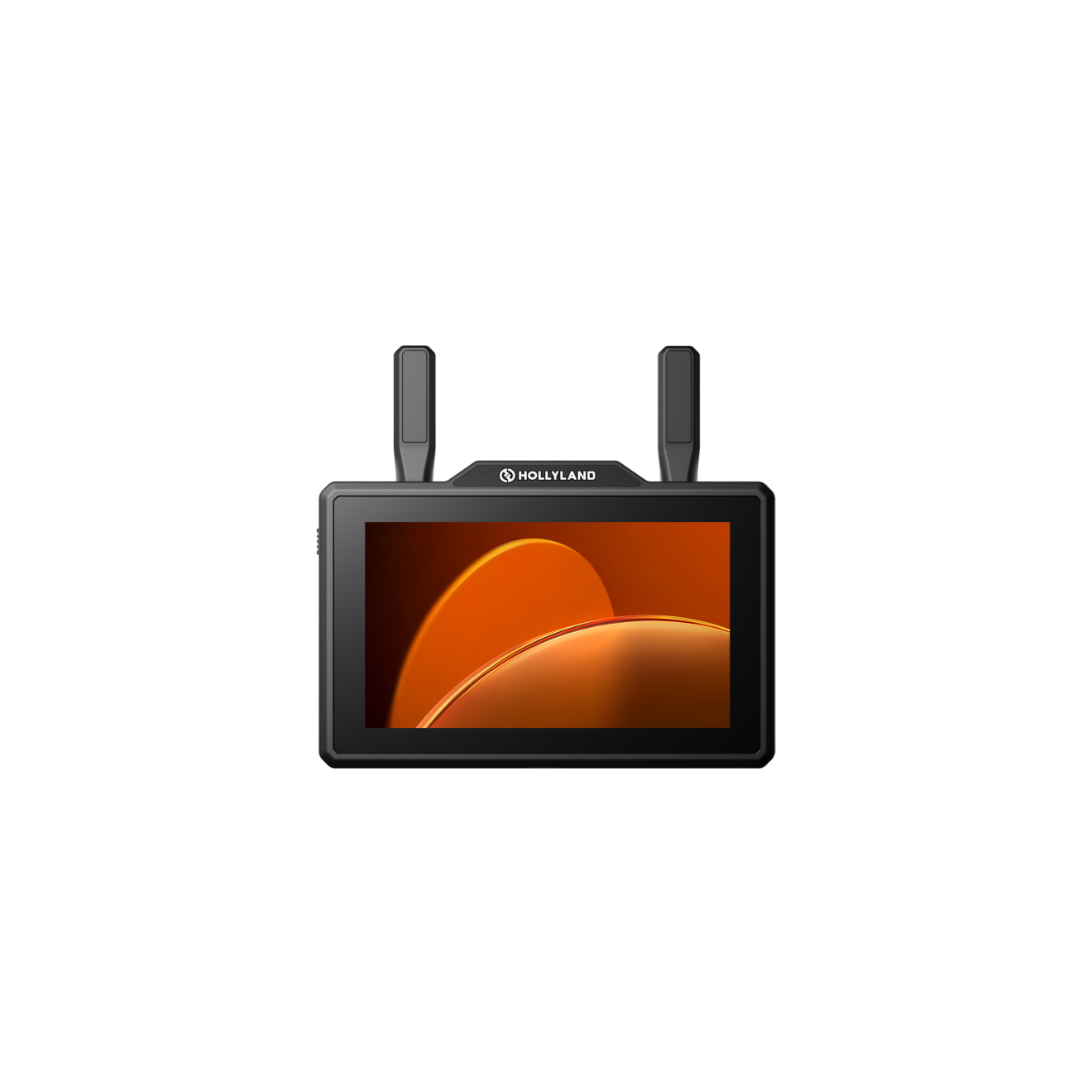
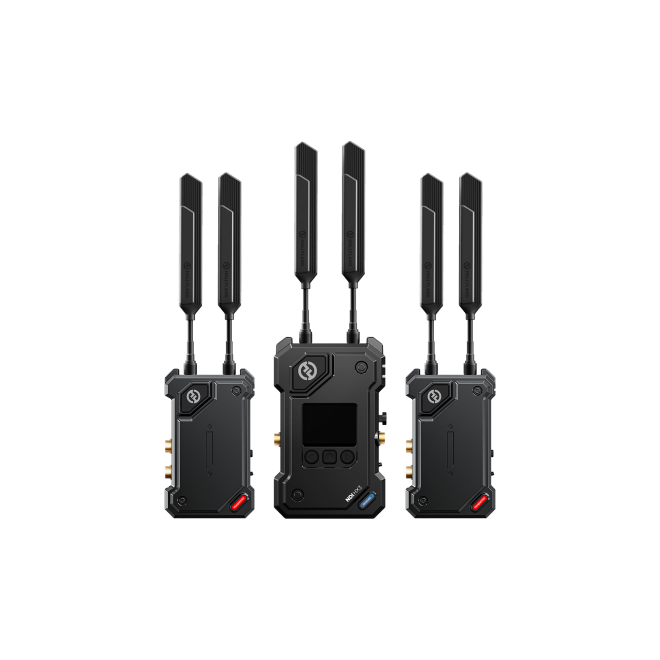
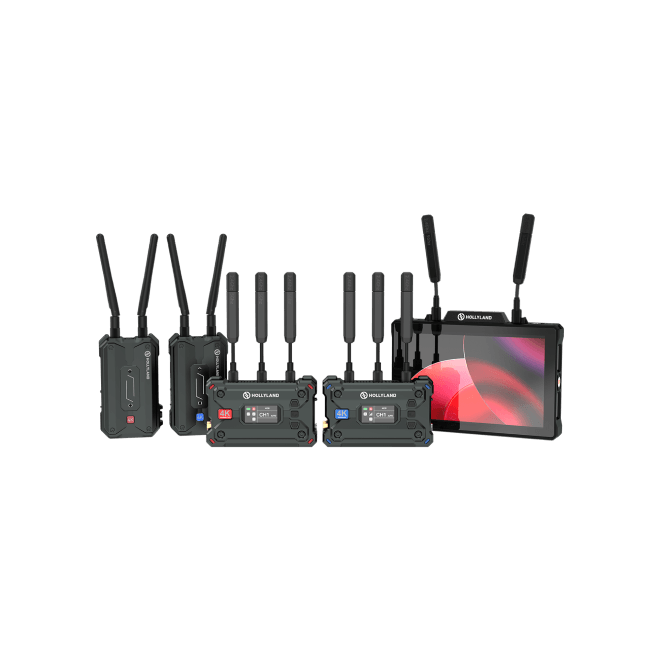
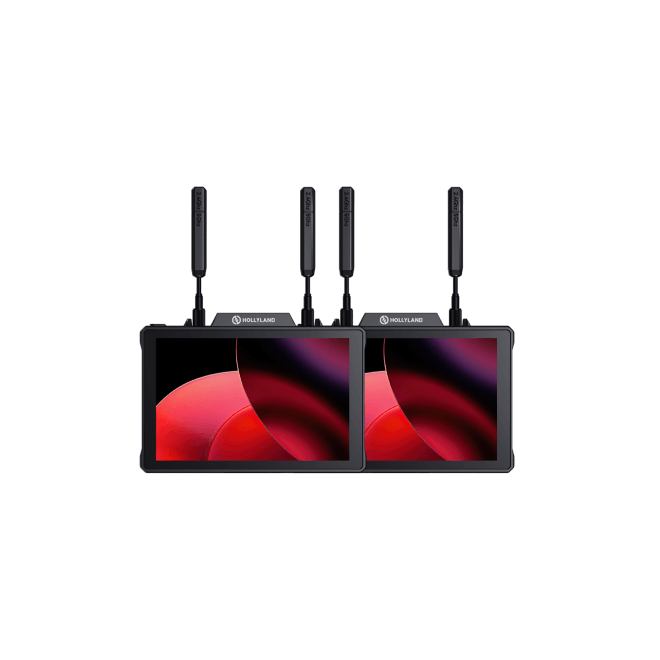
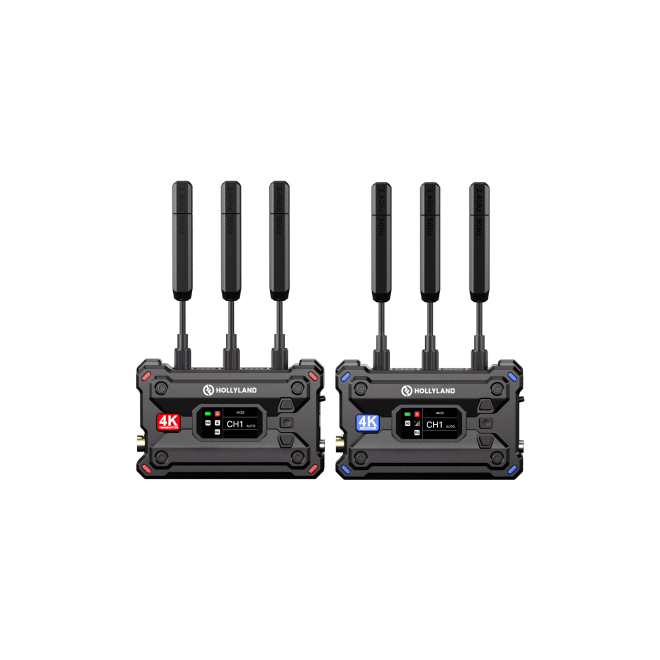
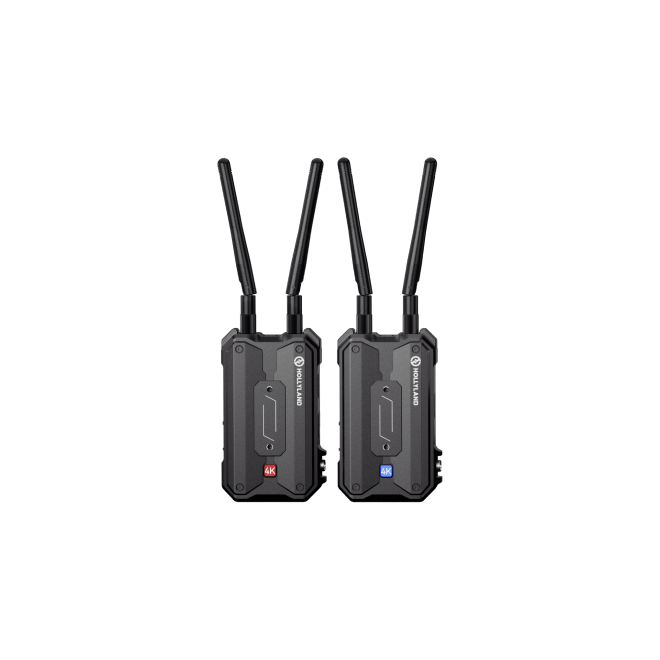
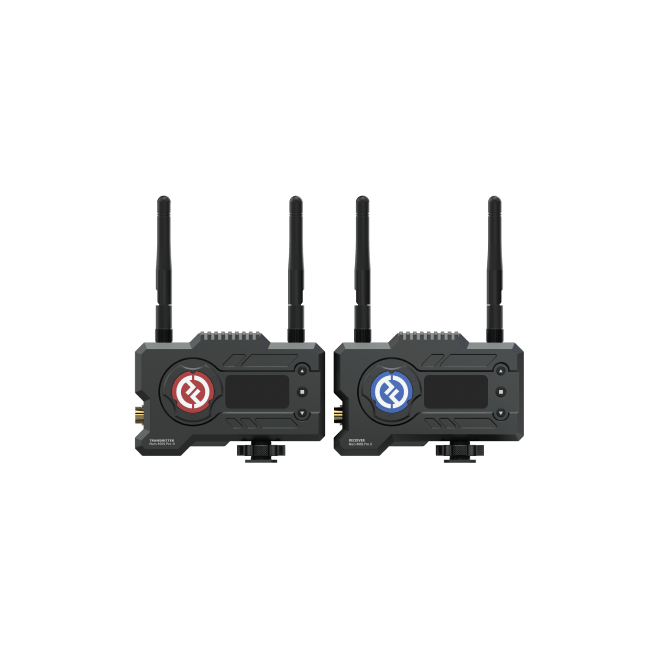
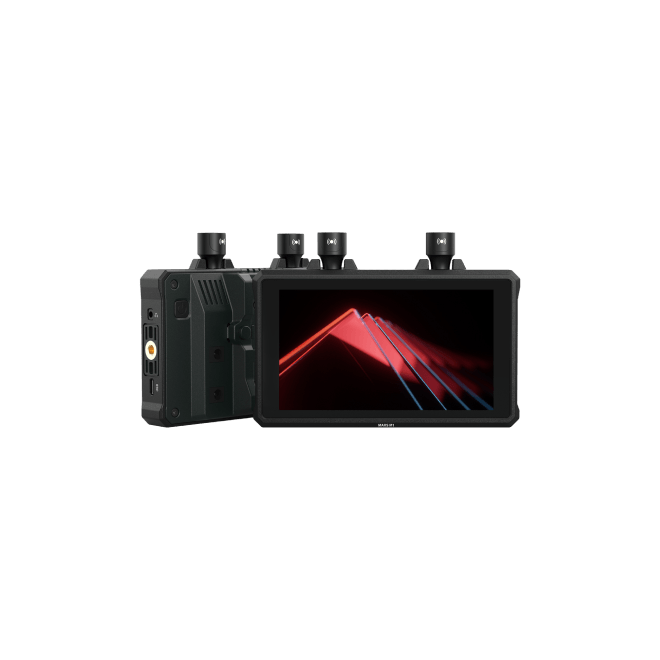
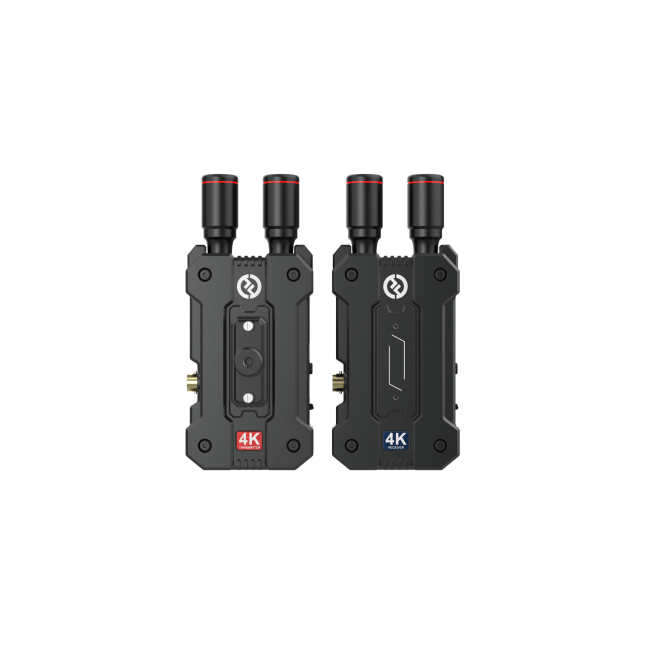
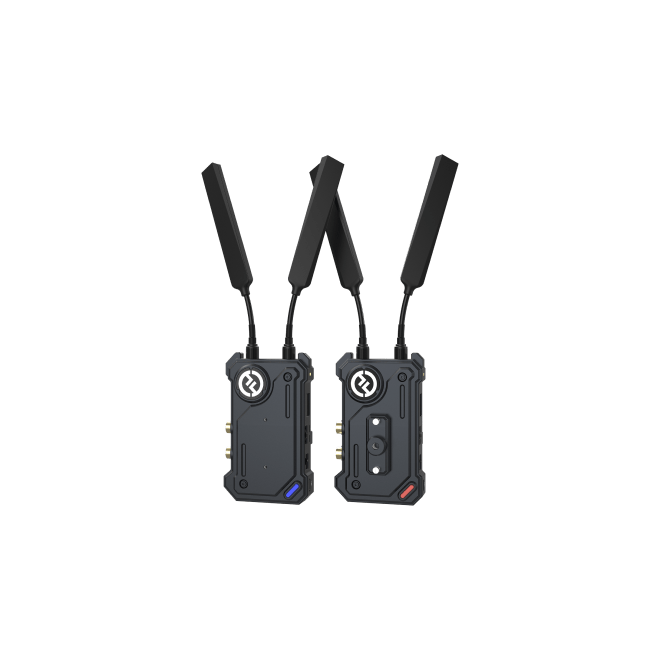
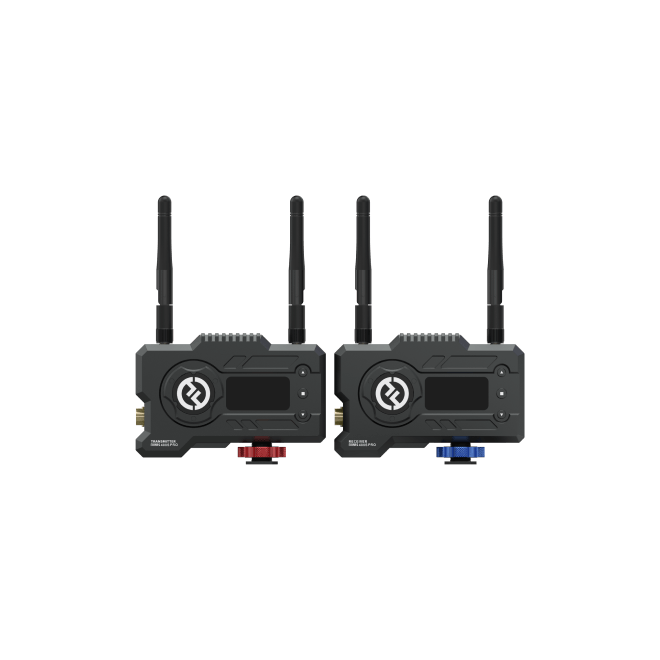
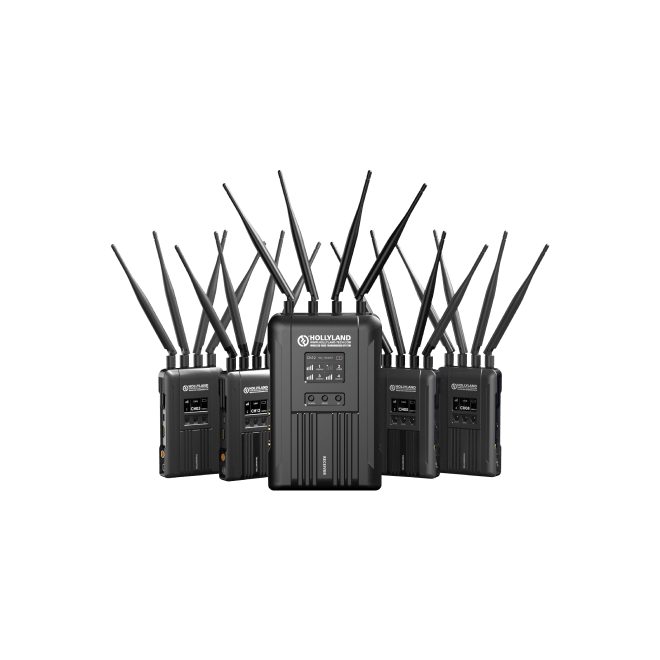

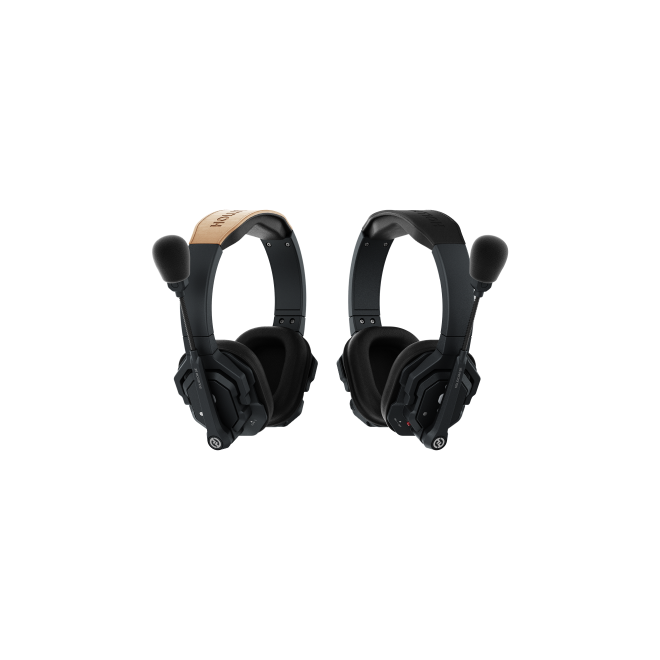

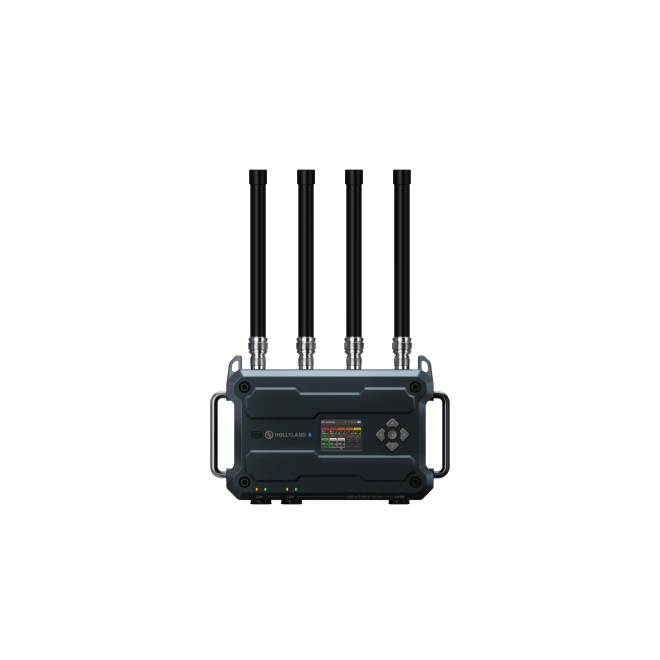
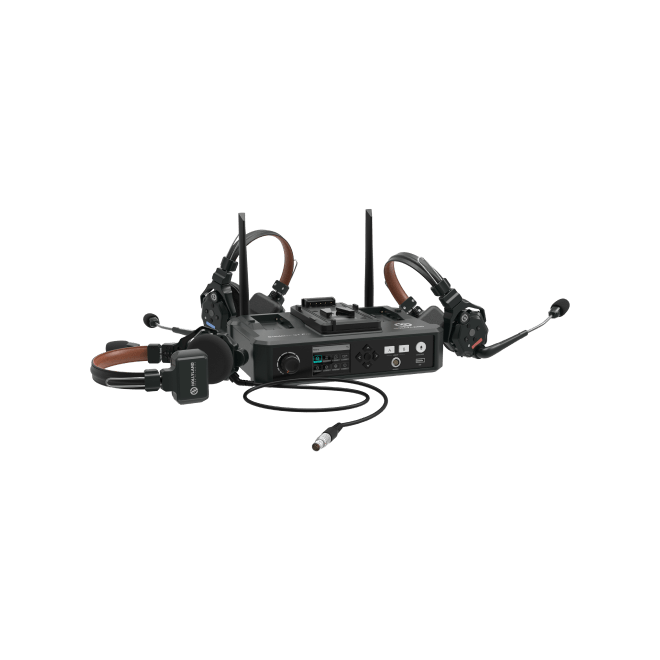
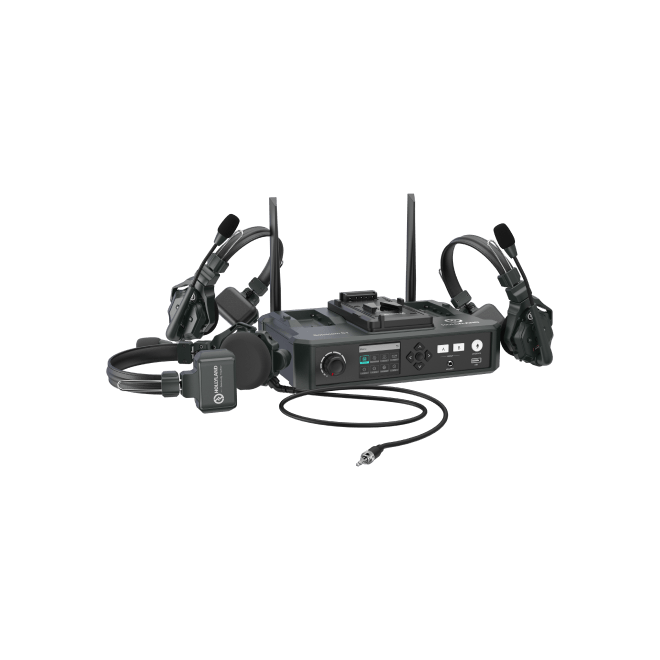
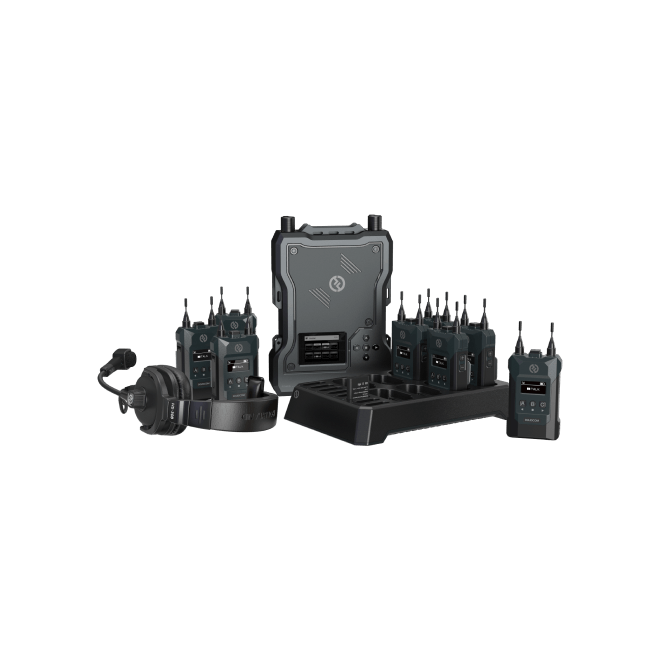
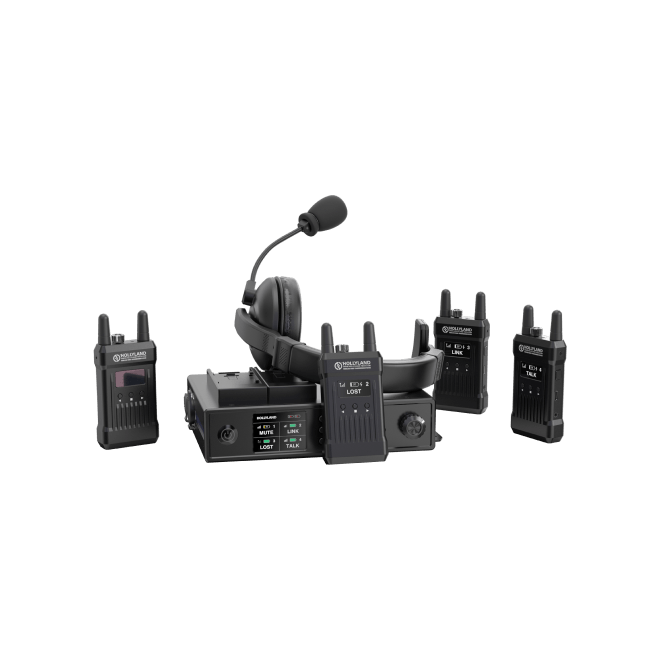
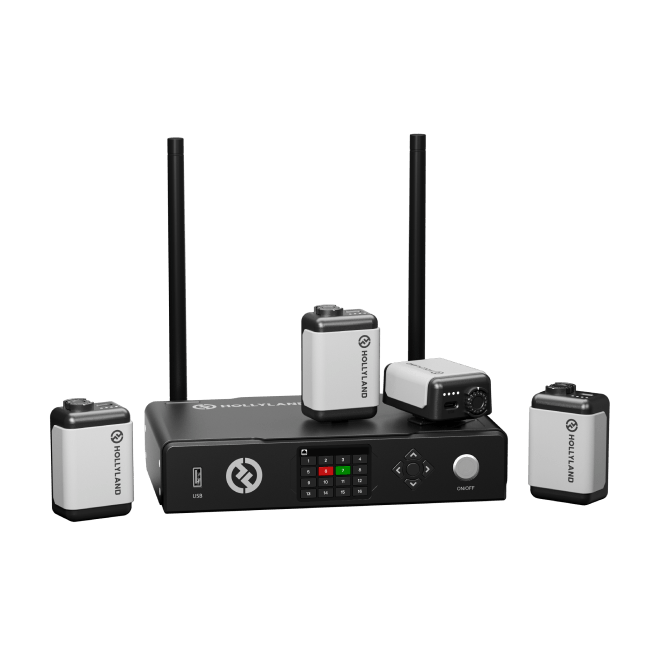
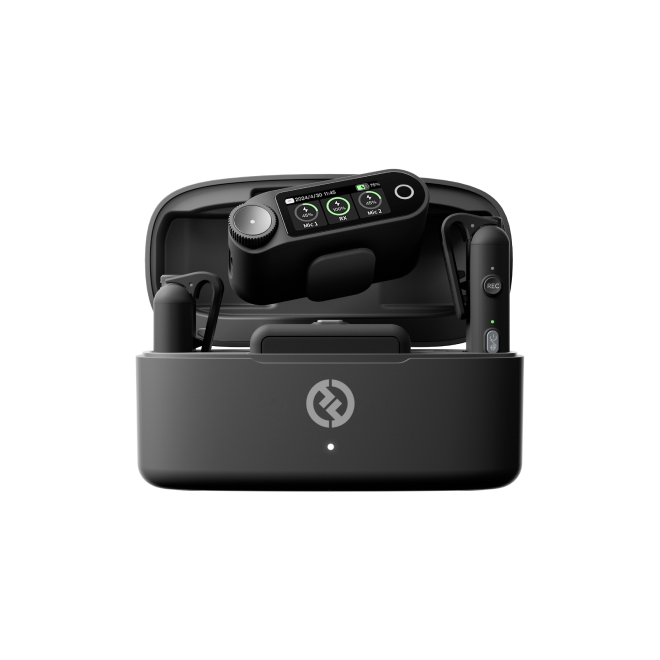
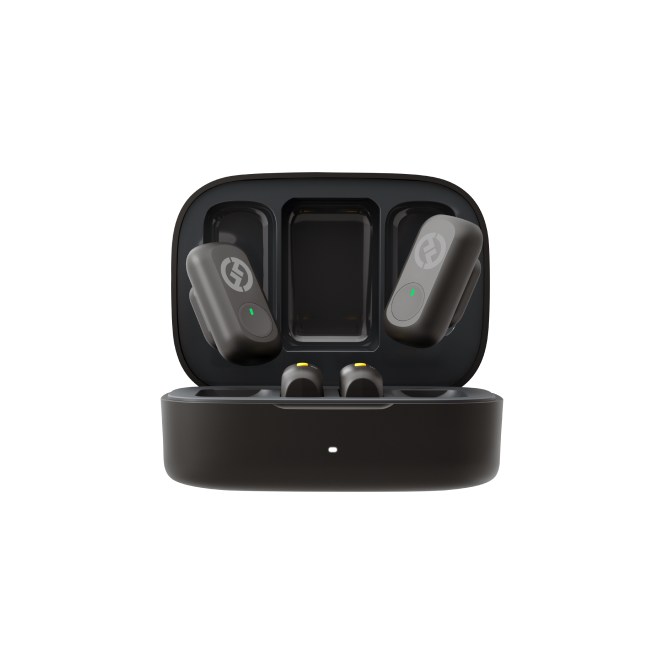

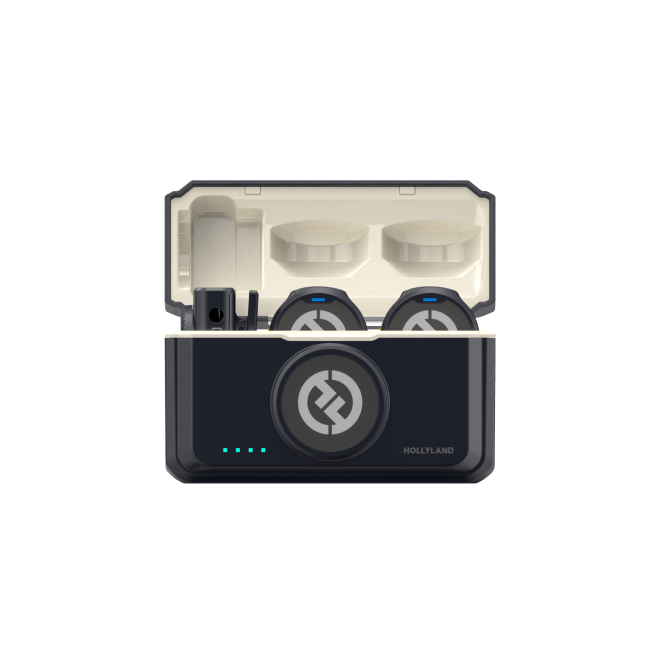
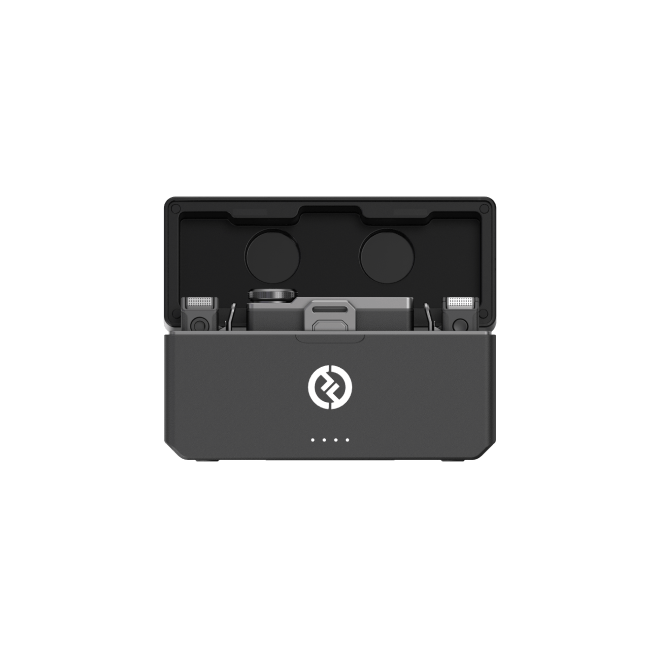
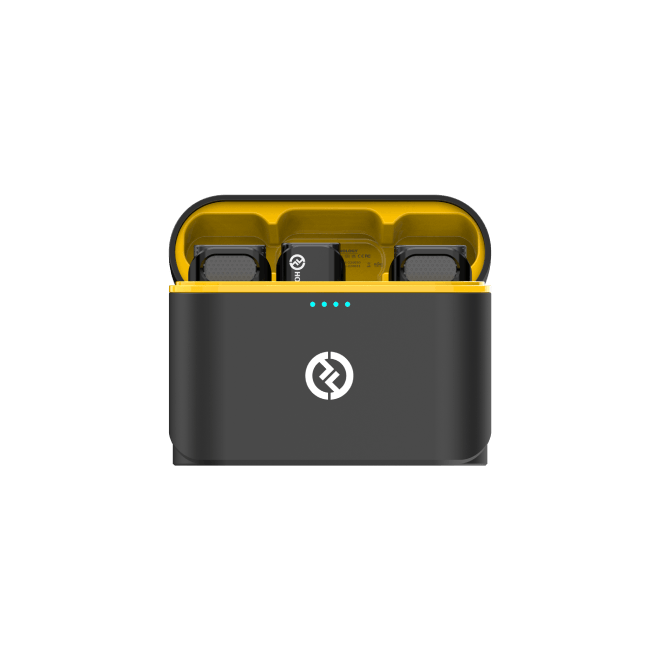
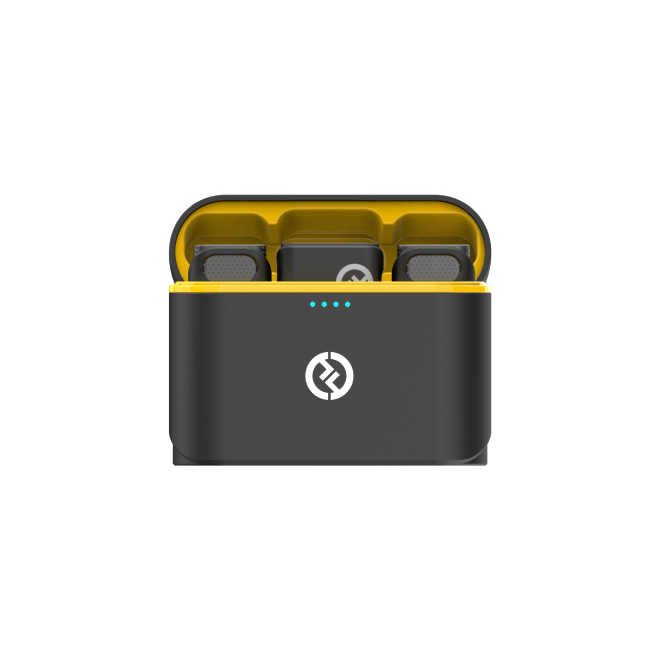
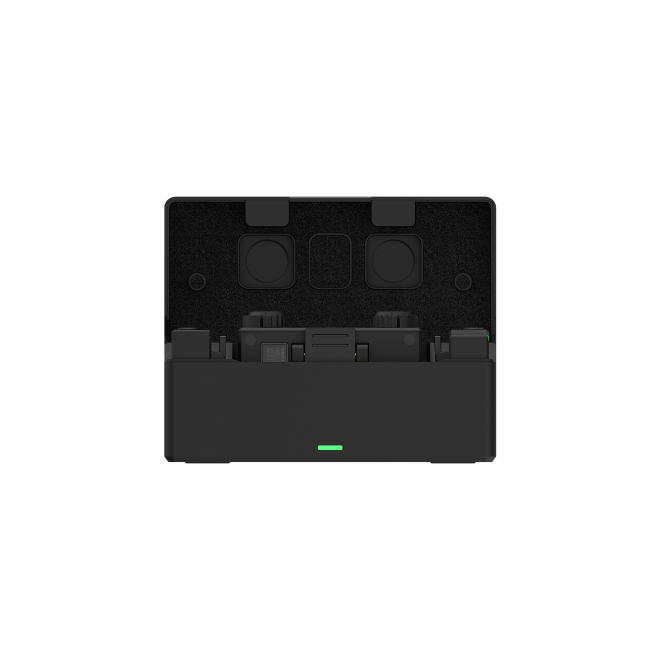

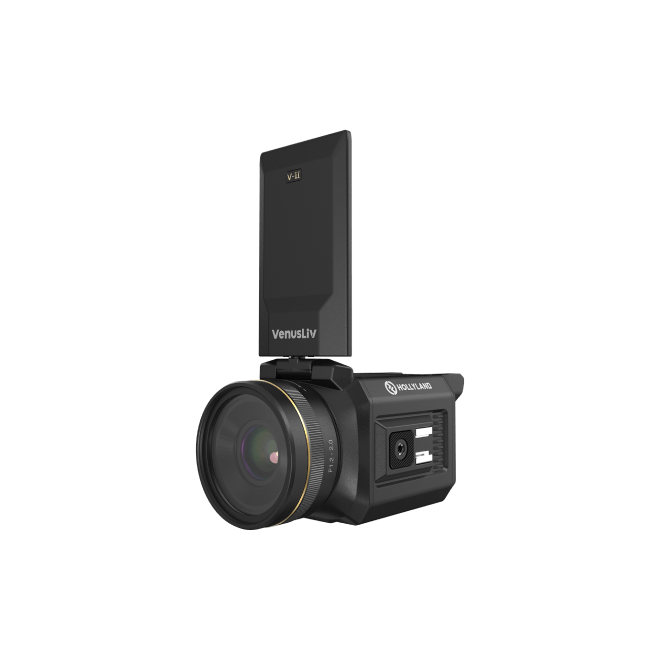
.png)



